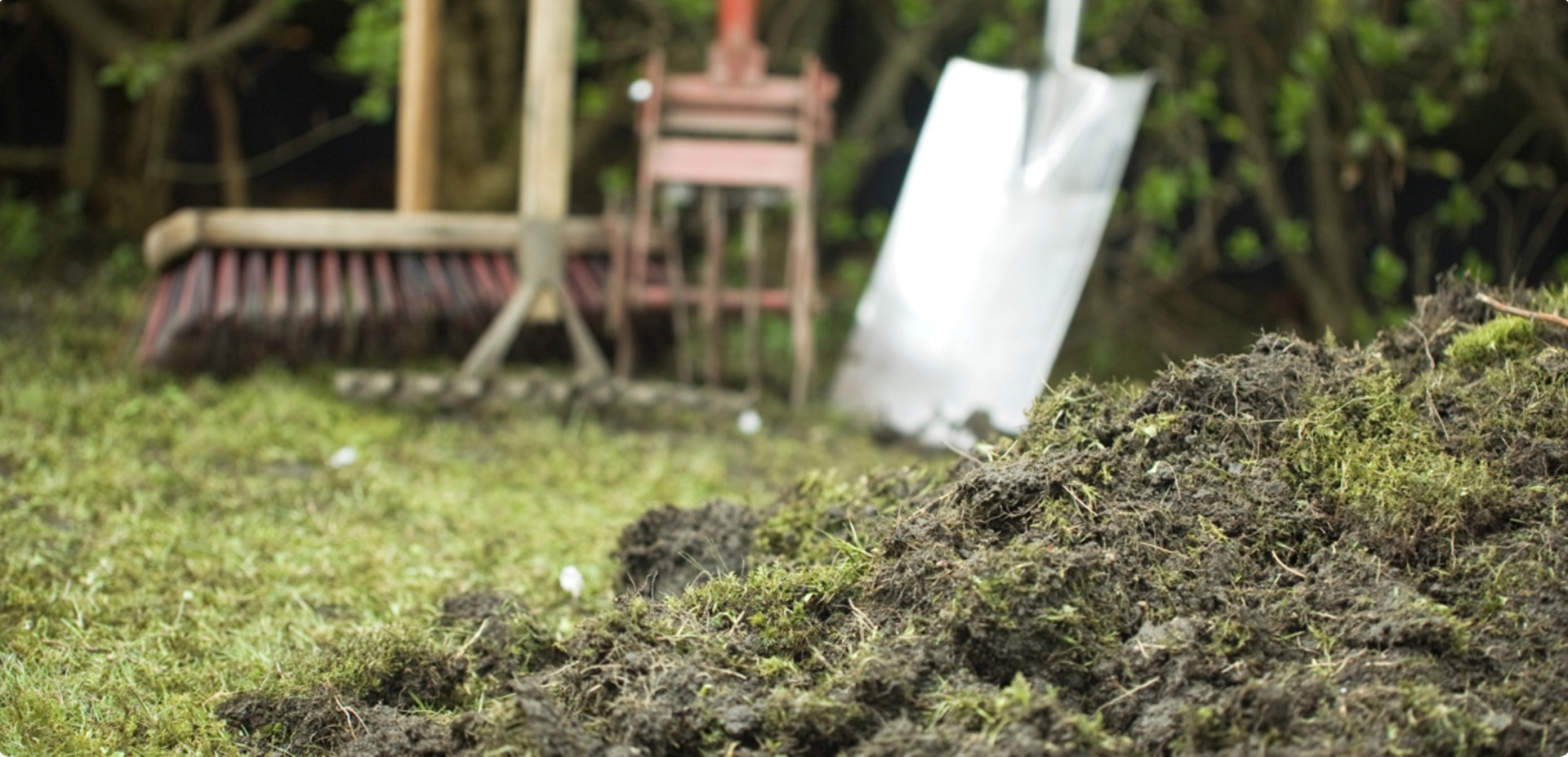How to Rid Your Lawn of Moss

10 March 2022
Tips, Tricks And Advice
Moss becomes most prevalent in Winter when there is additional moisture around and a lack of warmth to dry out surfaces.
What is Moss?
Mosses are small green non-vascular plants that grow in clumps. They are generally only a few centimetres tall with extremely thin leaves.
Moss enjoys conditions that are wet, shaded and compacted. It is important to understand that moss itself isn’t the problem, it is the favourable conditions that the moss enjoys growing in. Turf on the other hand generally hates these conditions, so you need to act quick before the moss continues to spread.
How to Remove Moss
If you are already plagued with Moss, then you will need to remove it to enable your lawn to repair and spread back into the affected area.
- You can do so by physically removing it with a spade or rake, being sure to get underneath it and remove the roots from the ground as you do.
- Moss Killer usually contains iron sulphate. Iron can be good for your lawn when it is deficient. But Moss doesn’t like it too much, so an application of iron sulphate will usually cause the moss to die off.
- Mixing water and dish soap and spraying the Moss with it, is also another method often used to kill Moss.
How to Ensure Moss Stays Away
The key is to focus on the cause of the problem so that moss doesn’t keep growing back again.
Aeration – Aerating compacted ground will help the area drain better and allow oxygen and nutrients to the roots of your lawn allowing it to fight back against the Moss.
Improve drainage – If there are substantial drainage issues, you may need to look at putting in a drain or ag pipe to drain the water away and stop it from pooling.
Reduce shade – By reducing the amount of shade where possible, you will help the sun to dry the area out much quicker, which will ensure it doesn’t stay wet for long enough to be favourable for Moss to grow.
Check your soil pH – Make sure the area has a pH level optimum for your grass to grow. You may find an application of lime is required if the soil is too acidic. Moss prefers acidic soils, but it will also grow fine in alkaline soils. Grass prefers a pH somewhere between 6 to 7.5.
After removing the Moss and addressing the causes of the problem, it is a good time to give your lawn a fertilise and encourage your grass to repair.
As always, if you have any more questions please don’t hesitate to contact us for free expert advice on 1800ALLTURF (1800255873) or 07 5543 8304.
WOULD YOU LIKE MORE INFORMATION?
Contact us for expert advice, or come & say hi at our office in Tamborine!


